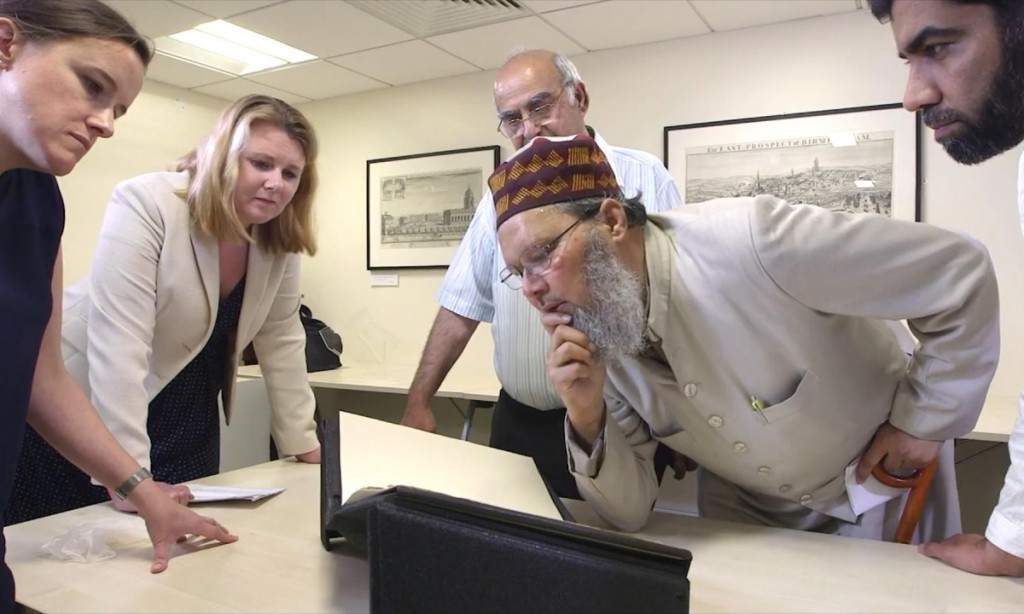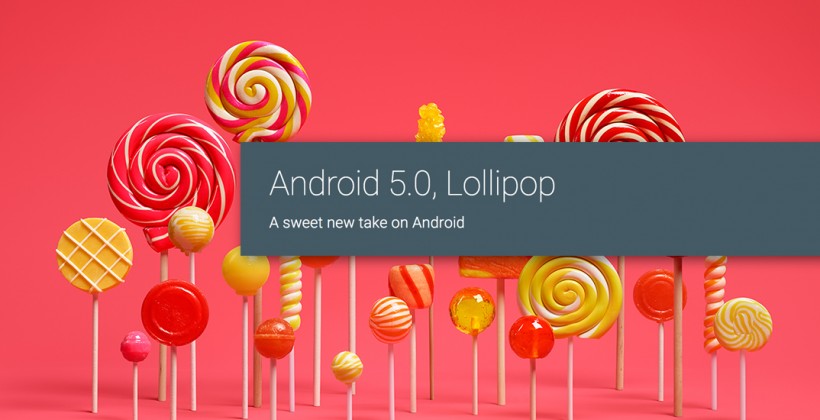Fragments of a Koran dating back at least 1,370 years have been found among the archives of the University of Birmingham in the UK.
Radiocarbon analysis carried out in a laboratory at the University of Oxford has dated the parchment on which the text is written to the period between AD 568 and 645 with 95.4 percent accuracy. The result places the manuscript close to the time of the Prophet Muhammad, who is believed to have lived between AD 570 and 632 in what is now Saudi Arabia. This makes it one of the earliest written forms of the Quran in existence today.
Researchers at Oxford said the manuscript consisted of two parchment leaves and contained parts of Suras (chapters) 18 to 20, and was written with ink in an early form of Arabic script known as Hijazi, developed in the Hejaz area of modern day Saudi Arabia. The script is sometimes also called Ma’il, which refers to the slanting manner in which the letters are written. The script may have been used as an aide-memoire for recitation by the person who wrote it and had memorised the Quran, they added.
Past Quran manuscripts have been written on parchment made from such materials as the bark of palm trees and the shoulder blades of camels. The writing on the Birmingham parchment was on animal skin that had been smoothed to a very thin surface. The analysis suggests the animal was a goat or a sheep rather than a camel, according to David Thomas, a professor of Christianity and Islam at the University of Birmingham.
Dr. Thomas called the discovery “one of the most surprising secrets of the university’s collections”. He said it supported the view that the version of the Qur’an in use today had hardly changed from the earliest recorded version, and the Muslim belief that the text represented an exact record of the revelations delivered to the Prophet.[blockquote cite=”Dr. David Thomas, University of Birmingham” type=”left”]“They could well take us back to within a few years of the actual founding of Islam. According to Muslim tradition, the Prophet Muhammad received the revelations that form the Qur’an, the scripture of Islam, between the years AD610 and AD632, the year of his death,” [/blockquote]
For years, the two parchment pages had been mistakenly bound up with additional leaves in a similar Quran manuscript, part of the university’s Mingana Collection of Middle Eastern manuscripts, which was acquired in the 1920s. In the early 1990s, a visiting scholar noticed that the two parchment leaves were different from the others. He wrote down his observation but it was largely ignored. Now, Alba Fedeli, a doctoral researcher, decided to carry out the radiocarbon dating.
The manuscript will be on public display at the Barber Institute of Fine Arts, University of Birmingham, from 2 October until 25 October, 2015.
Images: AP




